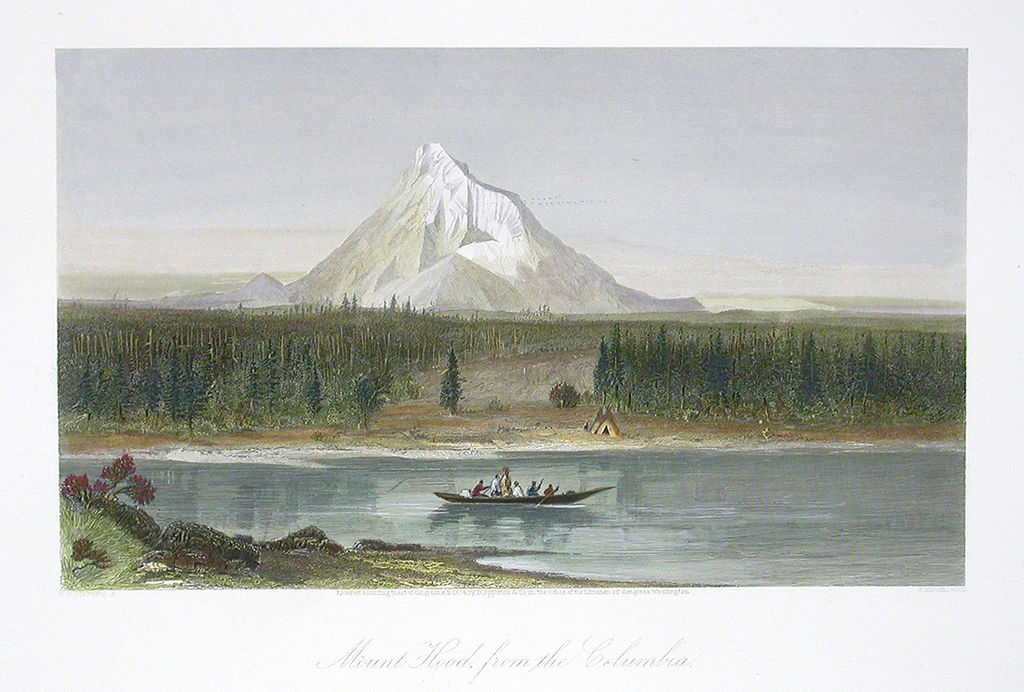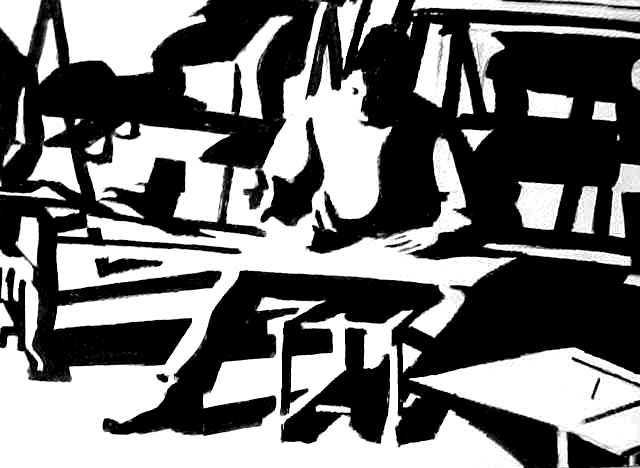More in this post on American General’s Value+Proctor III Indexed Universal Life (IUL) focusing on the increasing death benefit option rather than level death benefit.
Male 42 years old, preferred plus, $250 per month premium all years, solve face amount, target premium, increasing death benefit, S&P 500 index annual point to point, hypothetical 5.00% interest crediting all years.
Monthly premiums: $250
Initial Death Benefit: $344,756
Year 25 Total premium outlay: $75,000
Year 25 Guaranteed Return of Premium: $75,000
Year 25 Guaranteed Death Benefit: $366,063
5.00% hypothetical
Year 25 Non-Guaranteed Cash Surrender Value: $93,252
Year 25 Non-Guaranteed Death Benefit: $438,009
3.70% hypothetical
Year 25 Non-Guaranteed Cash Surrender Value: $78,848
Year 25 Non-Guaranteed Death Benefit: $423,604
age 83 no-lapse guarantee (NLG, ULSG)
Guideline level premium: $18,895.80
7-pay premium: $23,855.94
The guideline level premium in monthly premiums is $1,574.65 (18,895.80 divided by 12). Here’s looking at this same basic structure: same initial death benefit with this maximum non-MEC premium. MEC stands for Modified Endowment Contract, the maximum allowed under IRS rules for favorable tax consideration.
Monthly premiums: $1,574.65
Initial Death Benefit: $344,756
Year 25 Total premium outlay: $472,395
Year 25 Guaranteed Cash Value Accumulation: $351,631
Year 25 Guaranteed Death Benefit: $696,390
5.00% hypothetical
Year 25 Non-Guaranteed Cash Surrender Value: $732,360
Year 25 Non-Guaranteed Death Benefit: $1,077,120
3.70% hypothetical
Year 25 Non-Guaranteed Cash Surrender Value: $612,491
Year 25 Non-Guaranteed Death Benefit: $957,251
age 103 no-lapse guarantee (NLG, ULSG)
Guideline level premium: $18,895.80
7 pay premium: 23,855.88
Comments: The strategy is to begin the policy at an affordable level $250 a month and at some point go up higher, to $500 a month or whatever, up to $1,574 a month, the guideline level. Premiums can fluctuate up and down at any time. The 7-pay premium limit could boost that $1,574 monthly figure even higher. Just monitor premium limit by either the guideline level or 7-pay test. Increasing premiums may negate the full return of premium (ROP) option in year 25 but would help maximize cash value accumulation, as much as possible without the policy becoming a MEC. Note the 5.00% and 3.70% interest crediting are truly hypothetical for illustrations. No market index performs with steady results each and every year, and averages may vary given changes to participation rates, caps, and cost of insurance charges. What’s notable with this American General IUL product are the guarantees.
 In a quote comparison of Survivorship Indexed Universal Life (IUL) products with cash value accumulation as the objective, Penn Mutual outperformed the competition with their “Survivor Plus IUL” plan.
In a quote comparison of Survivorship Indexed Universal Life (IUL) products with cash value accumulation as the objective, Penn Mutual outperformed the competition with their “Survivor Plus IUL” plan.



